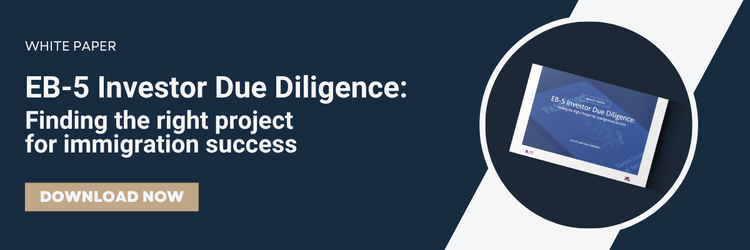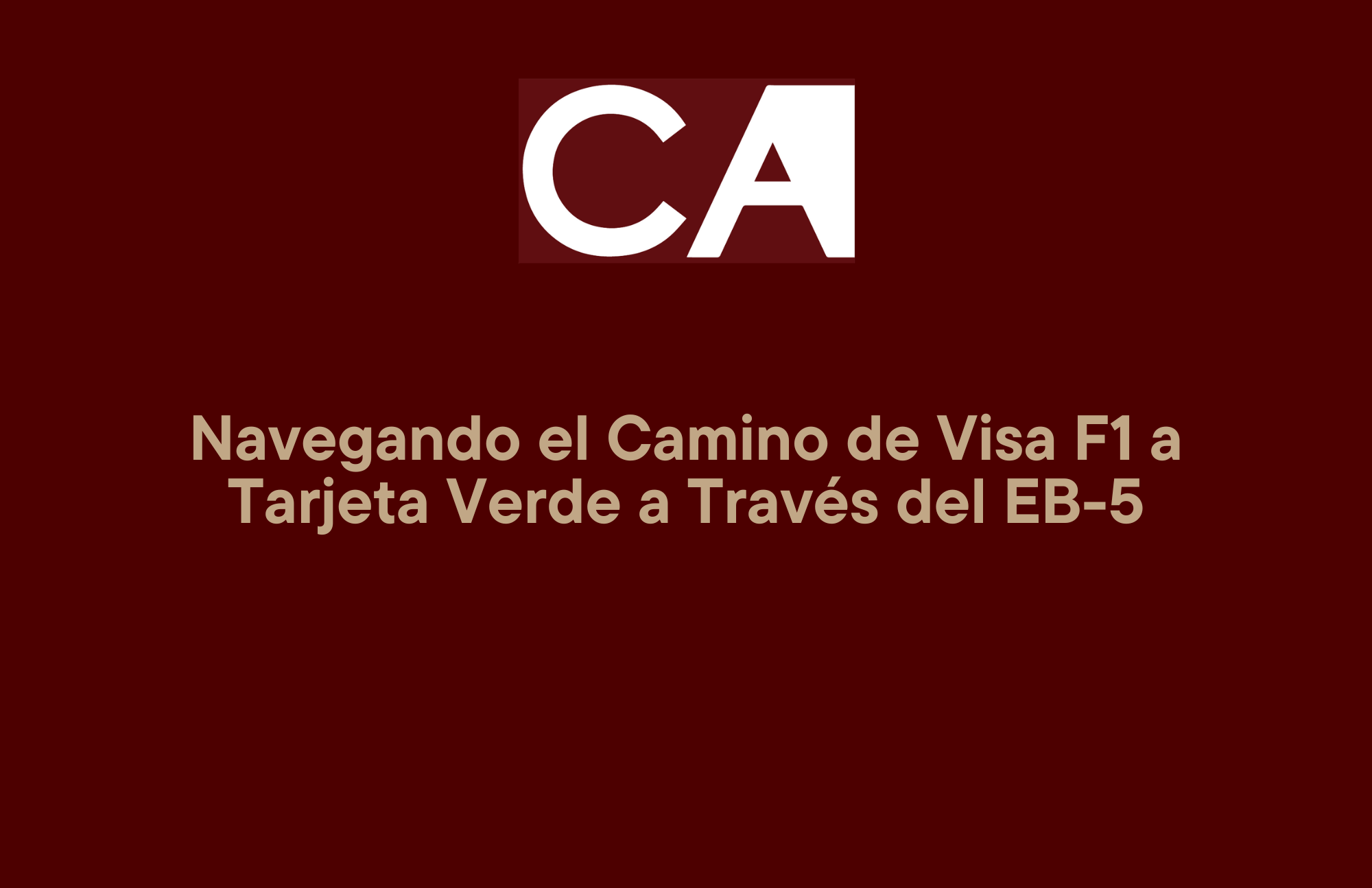When making one of the most important financial decisions of your life—an EB-5 investment for a U.S. green card—selecting the right project is just as critical as choosing the right Regional Center. With the stakes so high, proper due diligence is essential.
But what makes a good EB-5 project? Based on the EB-5 Investor Due Diligence White Paper published by CanAm Enterprises and JTC, the industry experts identify seven key features that should be non-negotiables for investors who want both immigration success and capital preservation.
-
Institutional-Quality Project and Developer
Top-tier EB-5 projects typically come from developers with proven track records. These developers often have experience executing complex real estate or infrastructure developments and have «skin in the game»—their own capital invested in the project. This alignment of interests matters. According to Joey Barnett of WR Immigration, developers who lack a history of project completion or have minimal equity in the deal may be more likely to walk away when challenges arise.
What to Ask:
- How many similar projects has the developer completed?
- What portion of the project financing comes from developer equity?
-
Clear, Compliant Job Creation Strategy
Job creation is the heart of EB-5 eligibility. A good project will clearly articulate how and when at least 10 qualifying jobs will be created for each EB-5 investor. Look for job creation backed by credible economic models and ensure that jobs are not projected based solely on future operational revenue, which may be harder to prove.
Tip:
Ask whether job creation will come from construction expenditures or long-term operational employment—and whether these jobs have already been created or are contingent on future milestones.
-
Conservative Capital Stack Positioning
EB-5 investors typically sit in the mezzanine debt layer of the capital stack, subordinated to senior lenders but ahead of equity holders. A strong project will use EB-5 capital to “fill the gap” after securing construction loans and developer equity—not to replace them.
As Walter Gindin and Ryan Brown of CanAm explain, investors should seek clarity on where their money fits into the project’s financial structure to understand repayment risk.
What to Look For:
- EB-5 funding should not exceed 20–25% of total project cost
- A lower-risk mezzanine or preferred equity position is preferable over common equity
-
Third-Party Fund Administration
One of the strongest protections an EB-5 investor can have is third-party fund administration. As JTC’s Jill Jones writes, a fund administrator tracks the movement of capital from the investor to the project and ensures transparency in how funds are used.
Since the 2022 EB-5 Reform and Integrity Act, third-party oversight has become more common—and more essential. It provides peace of mind and safeguards against fraud or mismanagement.
Red Flag:
If a project or Regional Center resists independent fund administration, that may signal a lack of transparency or operational readiness.
-
Reasonable Returns and Exit Strategy
If a project promises outsized returns, it’s a signal to dig deeper. EB-5 is not a high-yield investment—it’s a path to permanent residency. Most reputable Regional Centers offer below-market returns in exchange for project security and a well-structured exit.
Sebastian Stubbe of Pine State Regional Center stresses that common equity positions—which offer higher returns—are also the most at-risk. Smart investors will trade higher yield for higher certainty.
What to Ask:
- What is the repayment timeline?
- What triggers capital return, and are there built-in extensions?
-
Transparency and Access to Information
Transparency builds trust. From the due diligence phase to the I-829 petition, a good EB-5 project should give investors consistent updates and easy access to important documentation.
Best-in-class Regional Centers offer secure portals where investors can log in anytime to track their investment status and compliance data—something JTC and other administrators help facilitate.
What to Ask:
- Will I have 24/7 access to investment documents?
- How frequently will I receive updates?
-
Regulatory Compliance and Regional Center Integrity
A good project isn’t just about location or industry—it’s about partners who understand EB-5. Regional Centers must now comply with strict USCIS rules under the RIA. A noncompliant Regional Center could be terminated, jeopardizing your green card eligibility.
What to Verify:
- Has the Regional Center undergone a USCIS audit?
- Have they disclosed any past or ongoing litigation or regulatory actions?
Final Thoughts
Not every EB-5 project is created equal. But by focusing on these seven features—developer quality, job creation strategy, capital stack placement, fund administration, reasonable returns, transparency, and compliance—you can make a more informed, confident investment decision.
Want to go deeper? Download the full EB-5 Investor Due Diligence White Paper here for expert insights from CanAm, JTC, and top EB-5 legal advisors.



